Atomic shelter, refugees, drug addicts, 5000 buses and a mystery theater, all gathered together in the World’s second largest bus station, located in Tel Aviv, Israel.
Part I – Construction
The new Bus Station (as opposed to the old one, that still exists) was completed in 1993, covering 2,480,000 square feet, and a total area of 10.8 acres. Initially it had six floors, and a seventh one was built ten years ago, causing the lower two levels to close (changing its original purpose, and becoming an atomic shelter suitable for 16,000 people).
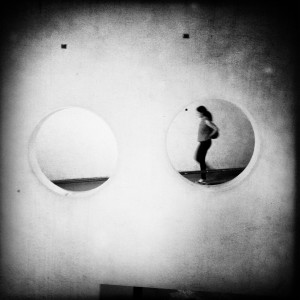 |
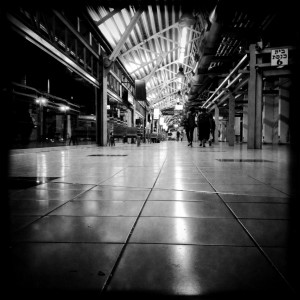 |
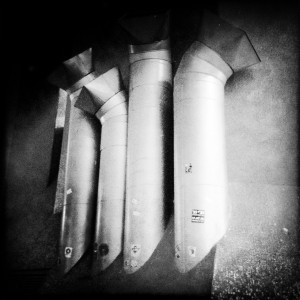 |
The station was supposed to be one of the largest malls in Tel-Aviv, with thousands of stores, but today there are only around 600 stores, and all the rest are closed.
The station has also been criticized for its complicated design which makes it hard to get around, and for being built in a neighborhood that didn’t fit its character. The nearest train station is a couple of hundred meters away, but there wasn’t any connection made between them.
Part II – Crime and the city solution
Walking through the dark hollows of the station can be a frightening experience, especially in the lower levels that are not being used for transportation. As the station is located in the poorest part of the city, numerous drug addicts, prostitutes and homeless people take residence there on occasion.
 |
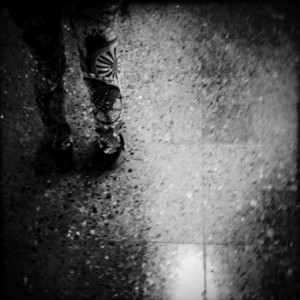 |
 |
One should never walk alone in those areas at any time of the day (or night). There are some 100 security cams, 120 security officers on patrol through out the day, but still, horrid things are happening, as there is no way to cover all the dark corners of the station.
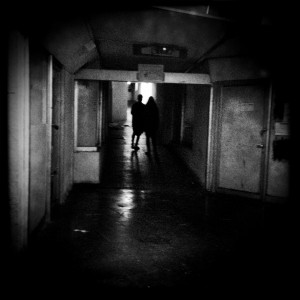 |
 |
 |
Part III – Art takeover
Now, half empty, artists are drawn to the station. With its empty spaces, low rent, and exquisite atmosphere, lots of art studios are now covering the fifth floor.
The large space at the center holds an open art gallery with various installments, and there’s even a Yiddish museum, with a large library containing rare books.
 |
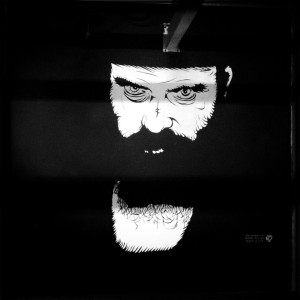 |
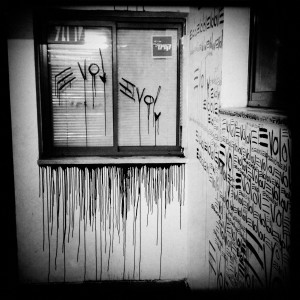 |
The seventh floor holds a permanent graffiti display all over the walls, only adding up to the overall atmosphere of despair. And this is where all the pieces come together, on A Thursday night, 10PM, on the seventh floor of the second largest bus station in the world.
Part IV – The Mystorin (Hebrew for Mystery) Theater
The Mystorin Theater Group is a Israeli theater group that brings the beauty of ancient Hebrew texts to Israeli and international audiences, creating a unique theatrical poetry.
The original theatrical language of the group is rich in visual images, full of different meanings and interpretations.
 |
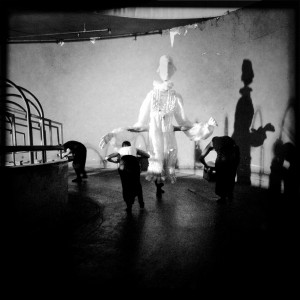 |
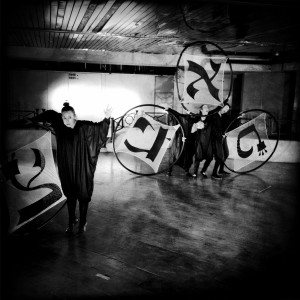 |
Through video, movement, singing and visual theatre, the performances of the Mystorin group reflect the narrative of ancient texts and communicate with the audience both as a story and as a total mystical experience with a strong emotional impact.
The group specializes in environment dependent performances, adjusting the show to the location where it takes place.
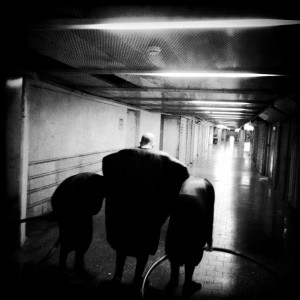 |
 |
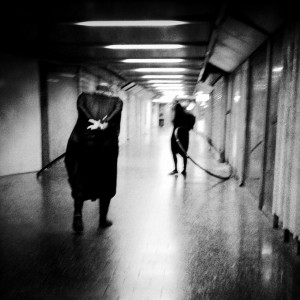 |
…We stand at the exact spot where we were told to wait. Then, suddenly, the group appears and takes you on a magical tour throughout all levels of the station, using only the station’s illumination and horror movie spaces. There’s special music written for the show that will suddenly arrive from nowhere, adding an addictive mystery element to it all (Later on we’ll spot a guy hiding in the shadows with a small but powerful speaker…).
Giant puppets, vampires, rubber circles turning into sound playing horns, ancient chanting, amazing acoustics, and the constant smell of urine and decay – all turn the bus station into a tantalizing visual, sensual experience.
About Author

Latest stories
 CommunityDecember 31, 2020We Bid Adieu
CommunityDecember 31, 2020We Bid Adieu Alexandra PrestonDecember 31, 2018December Wishes from Grryo
Alexandra PrestonDecember 31, 2018December Wishes from Grryo StoriesMarch 11, 2018The Marigoldroadblog Project by Adjoa Wiredu
StoriesMarch 11, 2018The Marigoldroadblog Project by Adjoa Wiredu Antonia BaedtDecember 22, 2017‘Tis a Jolly Grryo Christmas
Antonia BaedtDecember 22, 2017‘Tis a Jolly Grryo Christmas

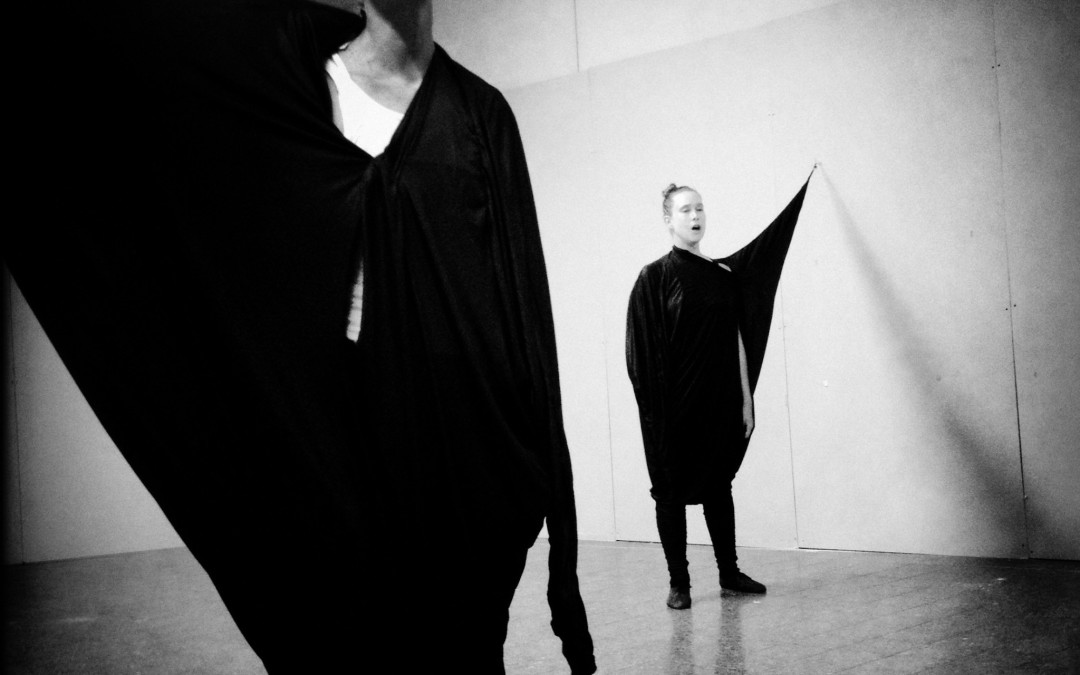
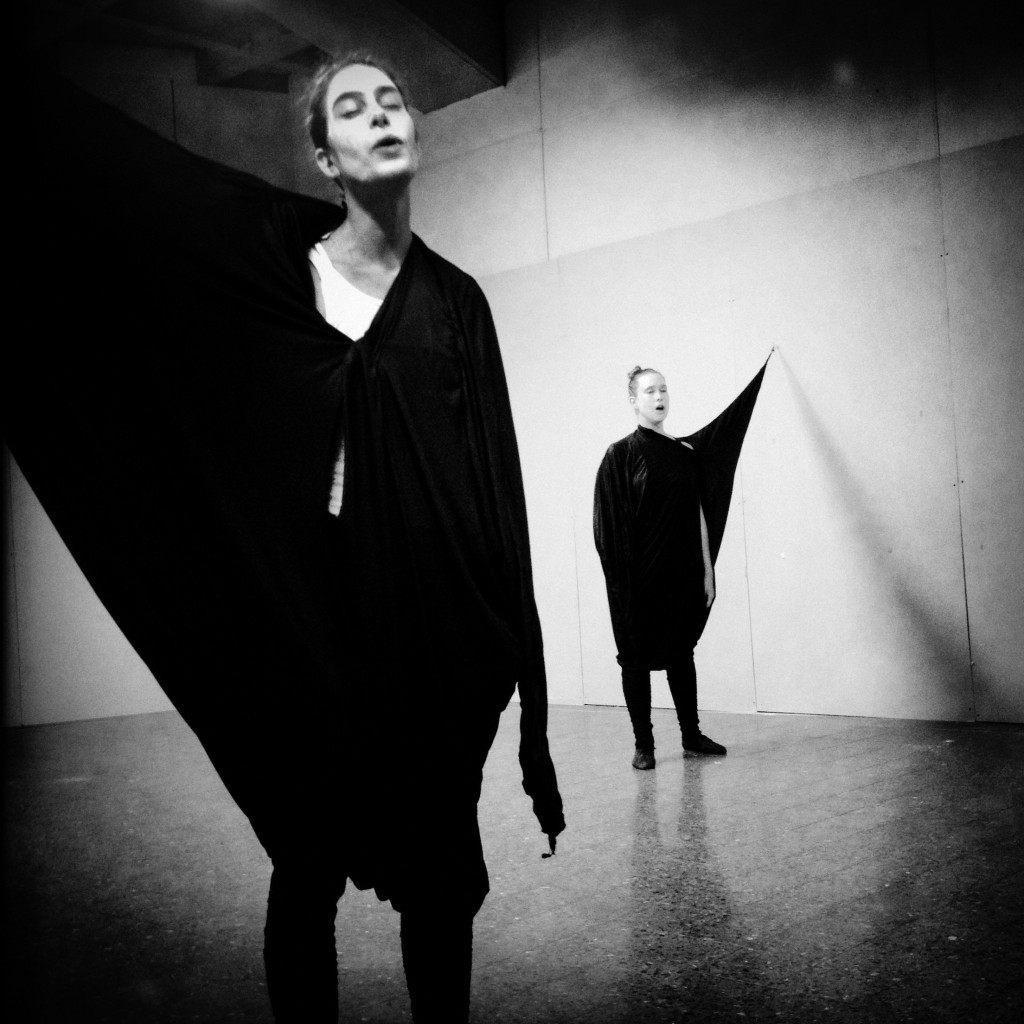
What a great work Eitan, thank you deeply for sharing
Thanks so much, Val and Jeff, for making this happen!
Greetings!
Eitan
Eitan, love this feature… Love the series… What a nice treat. Congrats 🙂
Thank you, Dear Armineh 🙂
So very pleased to read and observe and see your wonderful perspective here, dear Eitan! You are a true artist extraordinaire! I love your insight and love to you, always.